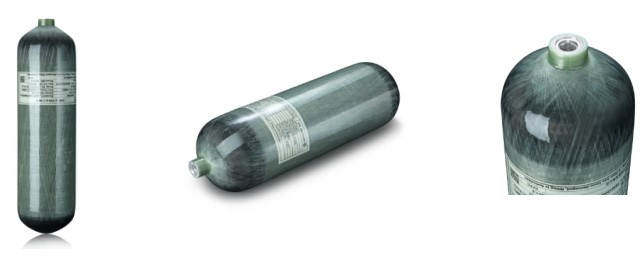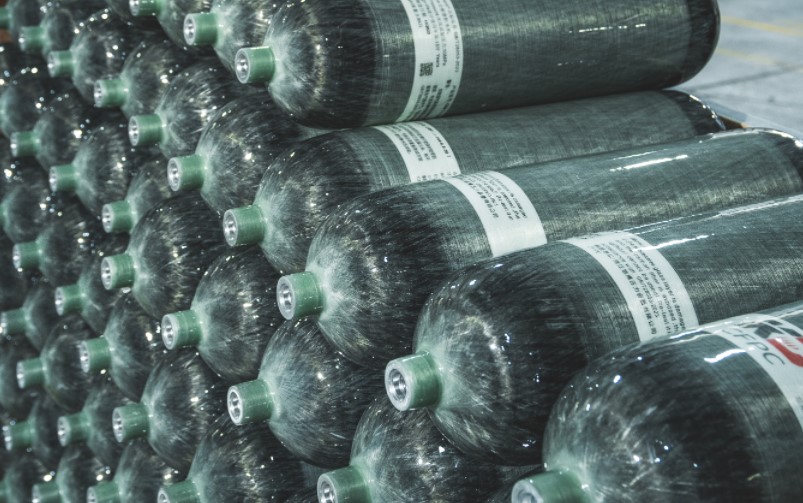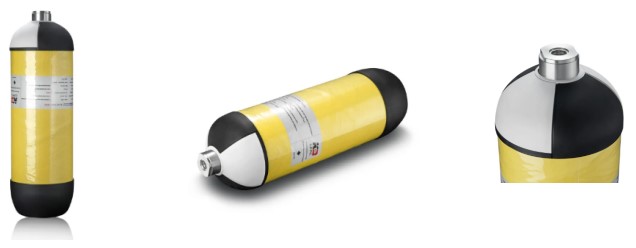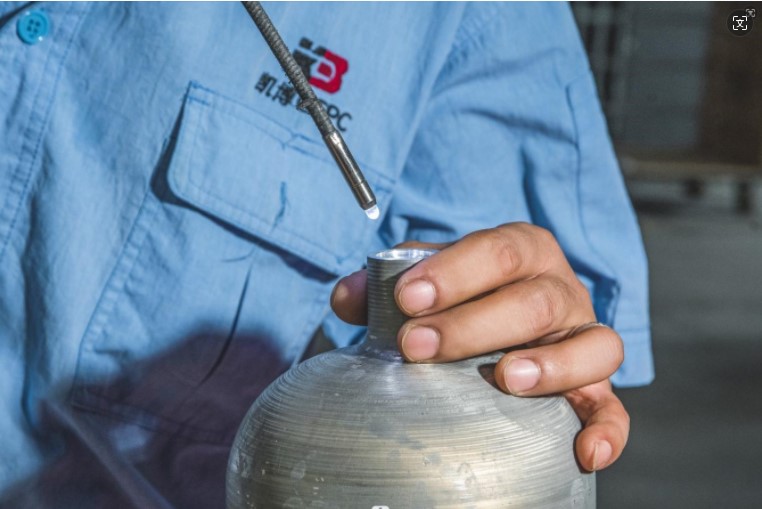Self-Contained Breathing Apparatus (SCBA) is an essential safety tool used by firefighters, industrial workers, and emergency responders to protect themselves in hazardous environments. A key component of any SCBA system is the air tank, which stores the compressed air that the user breathes. Over the years, advancements in material technology have led to the widespread use of carbon fiber composite cylinders in SCBA systems. These tanks are known for being lightweight, strong, and durable. However, like all equipment, they have a finite lifespan. This article will explore how long carbon fiber SCBA tanks are good for, focusing on the different types of carbon fiber cylinders, and the factors that affect their longevity.
Understanding Carbon Fiber SCBA Tanks
Before diving into the lifespan of these tanks, it’s important to understand what they are and why carbon fiber is used in their construction. Carbon fiber composite cylinders are made by wrapping a carbon fiber material around a liner, which holds the compressed air. The use of carbon fiber gives these tanks a high strength-to-weight ratio, meaning they are much lighter than traditional steel or aluminum cylinders but just as strong, if not stronger.
There are two main types of carbon fiber SCBA tanks: Type 3 and Type 4. Each type has different construction methods and characteristics that influence its service life.
Type 3 Carbon Fiber SCBA Tanks: 15-Year Lifespan
Type 3 carbon fiber cylinders have an aluminum liner wrapped with carbon fiber. The aluminum liner serves as the core that holds the compressed air, while the carbon fiber wrap provides additional strength and durability.
These tanks are widely used in SCBA systems because they offer a good balance between weight, strength, and cost. However, they do have a defined lifespan. According to industry standards, Type 3 carbon fiber SCBA tanks are typically rated for 15 years of service life. After 15 years, the tanks must be taken out of service, regardless of their condition, because the materials can degrade over time, making them less safe to use.
Type 4 Carbon Fiber SCBA Tanks: No Limited Lifespan (NLL)
Type 4 carbon fiber cylinders differ from Type 3 in that they use a non-metallic liner, often made from a plastic material like PET (Polyethylene Terephthalate). This liner is then wrapped in carbon fiber, just like the Type 3 tanks. The key advantage of Type 4 tanks is that they are even lighter than Type 3 tanks, making them easier to carry and use in demanding situations.
One of the most significant differences between Type 3 and Type 4 cylinders is that Type 4 cylinders can potentially have no limited lifespan (NLL). This means that, with proper care, maintenance, and regular testing, these tanks could be used indefinitely. However, it’s crucial to note that even though Type 4 cylinders are rated as NLL, they still require regular inspections and hydrostatic testing to ensure they remain safe to use.
Factors Affecting the Lifespan of Carbon Fiber SCBA Tanks
While the rated lifespan of SCBA tanks gives a good guideline for when they should be replaced, several factors can affect the actual lifespan of a carbon fiber cylinder:
- Usage Frequency: Tanks that are used frequently will experience more wear and tear than those used less often. This can affect the integrity of the tank and shorten its lifespan.
- Environmental Conditions: Exposure to extreme temperatures, humidity, or corrosive chemicals can degrade the materials in a carbon fiber tank more quickly. Proper storage and handling are critical to maintaining the longevity of the cylinder.
- Maintenance and Inspections: Regular inspections and maintenance are essential for ensuring the safety and longevity of SCBA tanks. Hydrostatic testing, which involves pressurizing the tank with water to check for leaks or weaknesses, is required every 3 to 5 years, depending on regulations. Tanks that pass these tests can continue to be used until they reach their rated lifespan (15 years for Type 3 or NLL for Type 4).
- Physical Damage: Any impact or damage to the tank, such as dropping it or exposing it to sharp objects, can compromise its structural integrity. Even minor damage can lead to significant safety risks, so it’s important to inspect tanks regularly for any signs of physical damage.
Maintenance Tips for Extending the Lifespan of SCBA Tanks
To maximize the lifespan of your SCBA tanks, it’s essential to follow best practices for care and maintenance:
- Store Properly: Always store SCBA tanks in a cool, dry place away from direct sunlight and harsh chemicals. Avoid stacking them on top of each other or storing them in a way that could lead to dents or other damage.
- Handle with Care: When using SCBA tanks, handle them carefully to avoid drops or impacts. Use proper mounting equipment in vehicles and storage racks to keep the tanks secure.
- Regular Inspections: Conduct regular visual inspections of the tank for any signs of wear, damage, or corrosion. If you notice any issues, have the tank inspected by a professional before using it again.
- Hydrostatic Testing: Adhere to the required schedule for hydrostatic testing. This testing is crucial for ensuring the tank’s safety and compliance with industry standards.
- Retirement of Tanks: For Type 3 cylinders, make sure to retire the tank after 15 years of service. For Type 4 cylinders, even though they are rated as NLL, you should retire them if they show signs of wear or fail any safety inspections.
Conclusion
Carbon fiber SCBA tanks are an essential component of safety equipment used in hazardous environments. While Type 3 carbon fiber tanks have a defined lifespan of 15 years, Type 4 tanks with no limited lifespan can potentially be used indefinitely with proper care and maintenance. Regular inspections, proper handling, and adherence to testing schedules are key to ensuring the safety and longevity of these tanks. By following best practices, users can ensure that their SCBA systems remain reliable and effective, providing critical protection in environments where clean air is essential.
Post time: Aug-13-2024



